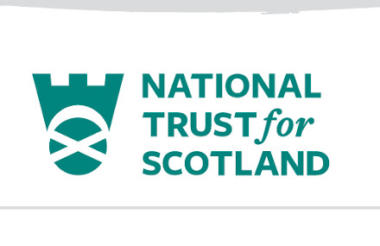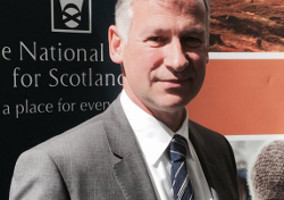The National Trust of Scotland has introduced a range of emergency measures, including placing 429 staff at risk of redundancy, because its “future is in doubt”.
The charity faces a collapse in its income, and expects that even when lockdown measures begin to lift, it will continue to face reduced income. As a result it has announced a package of emergency measures.
The Trust expects income by fall to £28m, from nearly £60m last year. To comply with social distancing rules, its holiday properties and visitor attractions have been closed during its busiest period.
The Trust also estimates that combined losses in investment income and asset value will total £46m.
Even after making these savings, the charity says it will need to raise £10m in order to remain a going concern. It has approached the Scottish government and other funders for support, plans to launch a public fundraising appeal, and is seeking to sell non-heritage land and property.
Last year over four million people visited the Trust's sites, but the charity expects significantly fewer over the next year and is planning to scale back its activity.
Simon Skinner, chief executive, said: “The extreme and unprecedented public health emergency has put the charity’s future in doubt.
“This is despite us running the Trust in a financially prudent way, building up our reserves, and latterly taking critical decisions at the outset of this crisis, reducing our expenditure to a minimum, foregoing the recruitment of seasonal staff, terminating temporary and fixed-term contracts and furloughing a large proportion of our permanent staff.
“With some level of restrictions likely to apply post lockdown, and having effectively missed the busiest part of the visitor season, I see little prospect of us being able to return to more normal levels of membership, visitation and income for the rest of this year and beyond.”
‘Scaling back offering’
The charity is planning for a gradual re-opening, Skinner said. “Post-lockdown, we plan to scale back our current offering to match the anticipated restrictions that will remain.
“We propose to initially focus on the safe, phased re-opening of a core of 27 built heritage properties around Scotland, primarily those best able to accommodate social distancing. The remainder will be placed on a care and maintenance basis, with the aim of opening a further 18 sometime next year, and the rest once there is a general upturn in the economy and the Trust’s fortunes.
“Our countryside properties will open to welcome people when restrictions are lifted.”
All of this will mean that fewer staff will be needed. In addition to the 429 that have been placed at risk at redundancy, a review of back-office functions could put even more at risk.
Skinner said: “This is bitter news and, believe me, if there were any other alternatives we would be trying them. This is a situation not of our making and was impossible to foresee just a few short weeks ago.
“Although there are support schemes in place for charities and businesses, we’ve found that we either don’t qualify for them or that the scale of support is too limited. For that reason, we’re approaching grant-giving bodies and the Scottish government, as well as planning an emergency appeal, to seek financial support to bridge us over the most difficult period.”
According to the Trust's most recent accounts, during 2018-19 it had an average of 552 employees on permanent or fixed term contracts, along with an average of 668 seasonal employees. At its peak during 2018-19, the Trust employed 1,339 people.
A spokesperson said that 70% of the Trust's employees are on furlough leave, using the UK government scheme, but that those on furlough are not necessarily the ones at risk of redundancy.
Fundraising appeal
The Trust is aiming to raise £2.5m from the public fundraising appeal.
Skinner said: “While we reduce our costs as far as we can, what we are asking for are relatively small contributions that will give the Trust a fighting chance chance and enable us to go on contributing to Scotland’s wellbeing.”
Related articles












